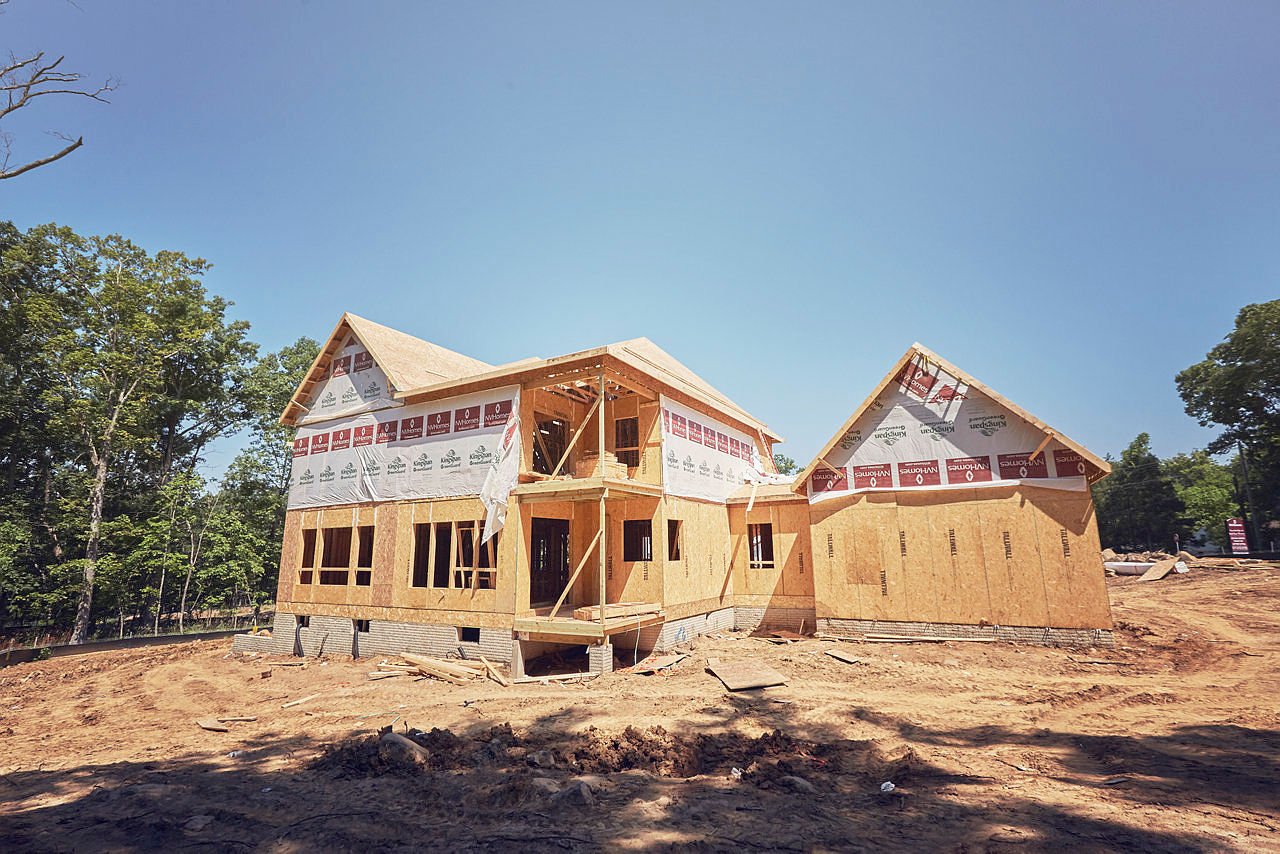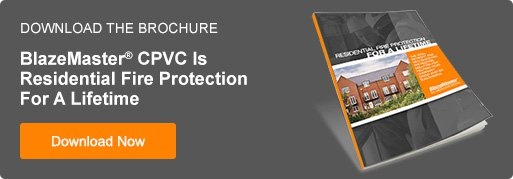Budgeting for a Home Fire Sprinkler System
It’s hard to put a price tag on 24/7 fire protection with an automatic residential fire sprinkler system. It’s like having firefighters always at the ready to extinguish a potentially deadly fire, as shown in this video from the Home Fire Sprinkler Coalition (HFSC). Given house fires cause eight in 10 structure fire deaths, it’s a smart investment that takes safety to a new level beyond smoke detectors and fire extinguishers.
However, cost is an important consideration for homeowners and developers as they consider installing a sprinkler system in residential structures in new construction or retrofits.
As you develop a budget, a fire suppression system cost report by the National Fire Protection Association (NFPA) provides a good starting point. NFPA found that, in new construction, sprinklers cost an average of $1.35 per sprinklered square foot.
As a general rule, the cost to install sprinklers in a residential retrofit will be about double that of new construction costs. Actual costs can vary depending on a variety of factors, such as water supply, the style of the home’s architecture, and challenges specific to the project.
While the NFPA’s average cost provides a starting point, there are several variables that can impact cost. Of course, getting bids from several sprinkler contractors can help keep costs down. Some contractors specialize in residential projects while others specialize in commercial buildings. As you develop your budget, here are issues to keep in mind that affect sprinkler system cost:
State and Local Requirements
Whether new construction or retrofit, fire protection systems installed in 1- and 2-family homes must meet NFPA’s 13D standard. NFPA 13D requires sprinklers in living areas, but not in garages, attics and other areas.
However, local building codes may have additional requirements that can add costs. For instance, some communities in California require fire protection to extend to attics, which is not covered by NFPA 13D. In the Chicago area, more than 100 communities require sprinklers in new construction. Some of these communities have added requirements such as protecting garages. These add-on requirements increase the size and complexity of the system, which adds cost.
Type of System
There are two basic types of systems for 1- and 2-family homes:
- Standalone systems that use a dedicated sprinkler pipe system to carry water to the sprinklers.
- Multipurpose systems that combine the sprinkler water supply into the home’s overall plumbing system.
Standalone systems tend to be more common, though multipurpose systems can be less expensive. Also known as passive-purge systems, multipurpose systems keep the sprinkler system separate except for a connection to one potable water device other than the sprinklers (typically the toilet in the master bedroom). This toilet is flushed regularly in most homes, which clears the line and eliminates the need for a backflow valve, which can add cost and required annual testing.
Piping
The type of piping selected for a project can have a significant impact on cost. It’s typically either plastic pipe, such as CPVC, or steel. The NFPA study found that CPVC, such as BlazeMaster CPVC, is the preferred material for residential projects. BlazeMaster CPVC offers a significant cost advantage over steel, among others. CPVC is also easier to install, which keeps labor costs down when installing residential fire suppression systems. Some systems may use a combination of CPVC in living areas with steel pipe used in unfinished areas such as garages or basements.
Special Requirements
Some areas require backflow preventers that keep the pressurized fire sprinkler water line from flowing into the municipal water supply. These systems can cost several hundred dollars.
Areas prone to freezing in the winter may require special installation techniques. For instance, the sprinklers may be installed in interior walls rather than ceilings to avoid installing in the attic, where temperatures may drop below freezing.
The type of water supply you have can also affect costs. For instance, homes on a well may require a booster pump and water storage tank to ensure adequate water flow to reach the sprinklers.
Beyond these system-level variables, there are limited options for add-ons that could impact cost to install sprinklers. For instance, a homeowner might opt for more aesthetically pleasing sprinkler at a higher cost.
Saving on Insurance
As you budget for a fire protection system, keep in mind you should save money on your homeowner’s premiums. Generally, insurers offer a discount of around 5% on the fire line item for homes with sprinkler systems. The discount may increase if the sprinkler system is attached to a home security or dispatch system that will automatically alert the fire department if a fire starts.
Easy Maintenance
In addition, the homeowner can anticipate minimal maintenance over the life of the system. Most home fire sprinkler systems are easy to maintain, as the homeowner is able to conduct a simple flow test twice a year. Systems with a backflow preventer may require annual inspections by a sprinkler installation contractor. Either way, it’s minimal hassle to ensure 24/7 fire protection for your family.
Once you’ve evaluated these six factors, you’ll have a good sense of the cost of installing life-saving, quick-response sprinklers. Whether you’re budgeting for new construction or for a retrofit, fire sprinkler systems are always a good investment to protect people and property from fire loss.


